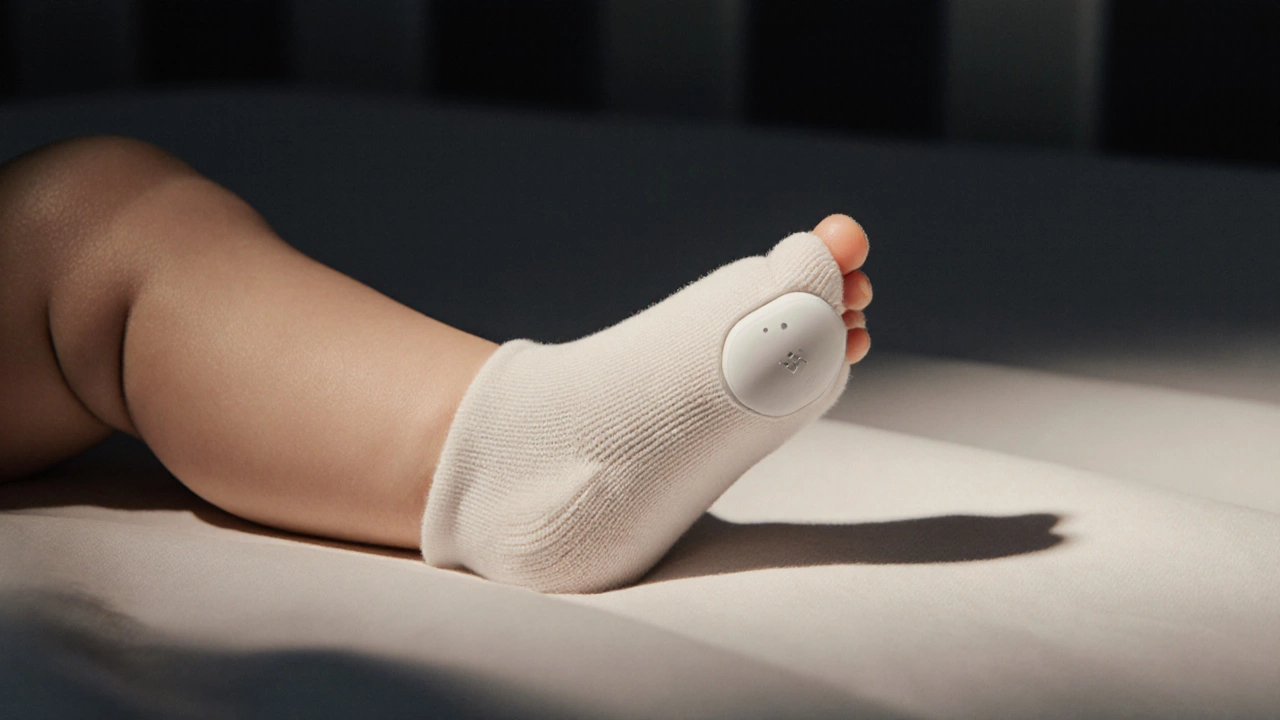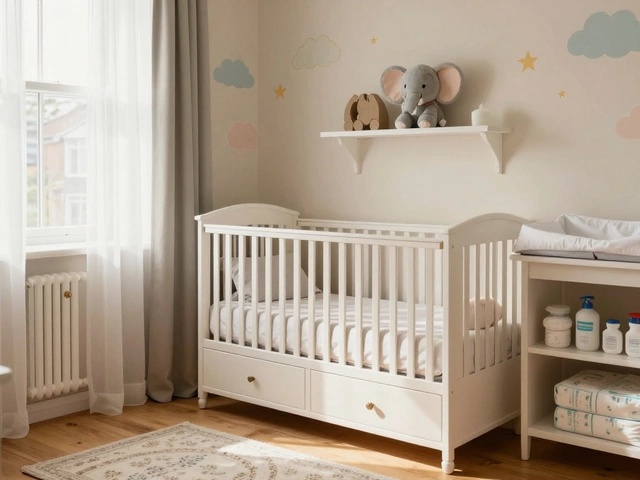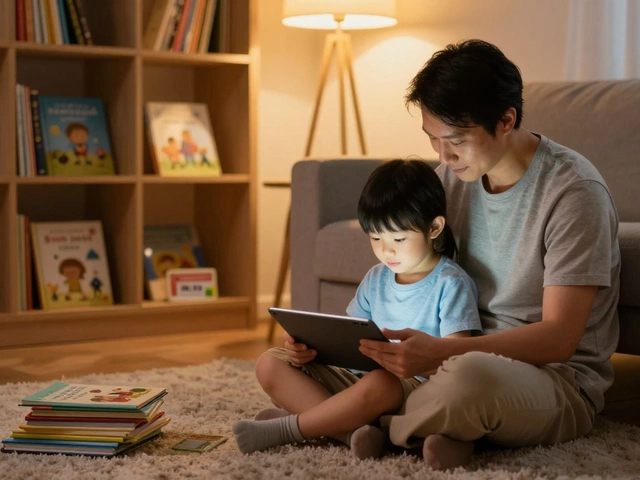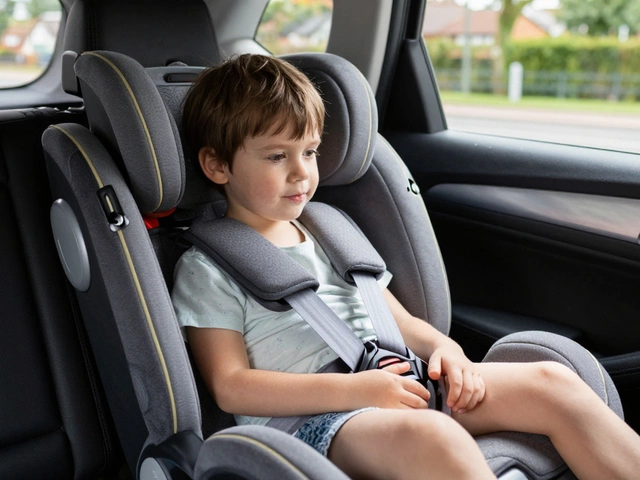Wearable Baby Monitor: Safe, Smart Ways to Keep Tabs on Your Baby
When you hear wearable baby monitor, a small device worn on a baby’s sock or diaper that tracks heart rate and oxygen levels. Also known as smart baby socks, it’s meant to give parents peace of mind by alerting them if something’s off. But here’s the thing—many pediatricians don’t recommend them for healthy babies. These devices aren’t medical tools. They’re consumer gadgets, and they can give false alarms that stress you out more than help you.
One of the most talked-about brands is Owlet baby monitor, a popular wearable that uses pulse oximetry to measure oxygen and heart rate. Smart sock monitor is another name you’ll hear. But studies and pediatric groups point out these devices aren’t proven to prevent SIDS. In fact, they might make you miss real warning signs because you’re focused on a screen instead of watching your baby breathe. And if your baby is healthy, growing well, and sleeping safely, you don’t need one.
What you do need is a clear understanding of what works. A baby monitor, a device that lets you hear or see your baby from another room. Also known as audio or video baby monitor, it’s a simple, reliable tool that’s been used for decades. Many parents turn their old iPhone into one using free apps—no sensors, no wires, no false alarms. It’s cheaper, safer, and just as effective.
Wearable monitors are marketed as high-tech safety gear, but they’re not regulated like medical devices. They can overheat, slip off, or trigger panic over normal baby movements. What’s more, they don’t replace safe sleep practices. Keeping your baby on their back, in a bare crib, and close enough to kiss? That’s what actually reduces risk.
If you’re considering a wearable, ask yourself: Are you using it because you’re worried, or because you’ve been told you should? Most parents who use them say they feel calmer—but that calm often comes from distraction, not real safety. The real solution? Trust your instincts. Learn what normal breathing looks like. Check in often. Use a basic monitor if you need to hear your baby from another room. And if you’re ever unsure about your baby’s health, call your pediatrician—not your app.
Below, you’ll find honest, practical guides on baby monitoring—from how to turn your phone into a secure monitor, to why some devices are flagged by doctors, to what really keeps your baby safe at night. No marketing fluff. Just facts, tips, and real experiences from UK parents who’ve been there.

Are wearable baby monitors worth it? Real pros and cons for new parents
Wearable baby monitors claim to track your baby's health while they sleep-but are they worth the cost and stress? Learn what they really do, what experts say, and what actually keeps babies safe.
view more




